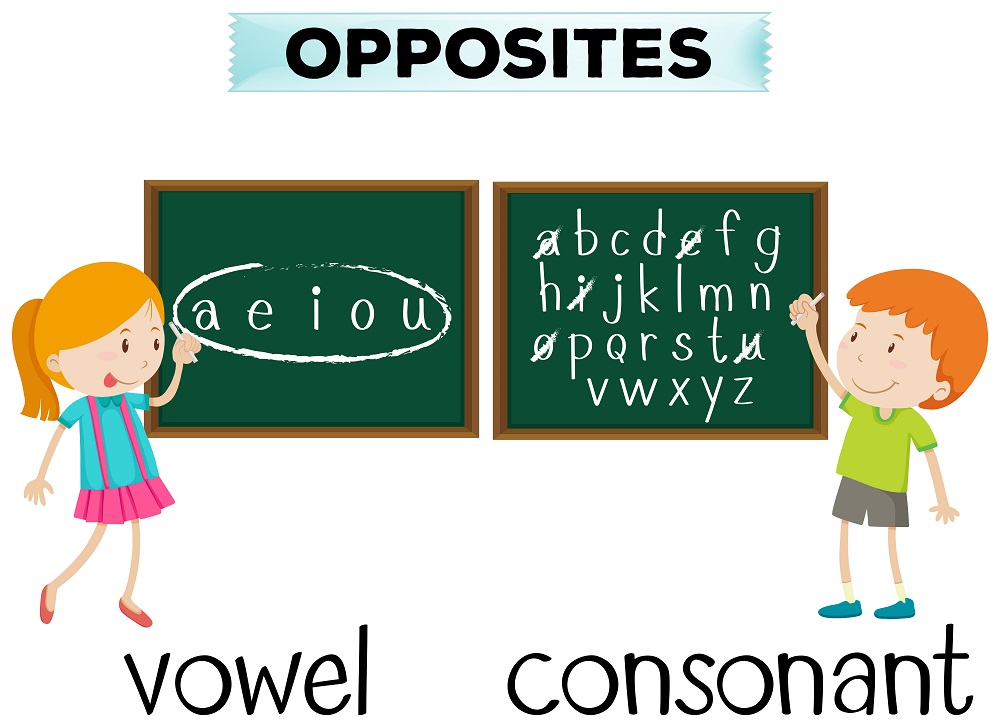
What is Vowel and Consonants? Definition Examples Free Test
Consonants and vowels are traditionally classified in two dimensions: place and manner of articulation. Place of articulation refers to the location of the narrowest part of the vocal tract in producing a sound. For example, for the consonant [b] the vocal tract is narrowest at the lips (in fact, it could not possibly any narrower here!).

VOWELS & CONSONANTS What's the difference? Learn with examples
Therefore, the main difference between vowels and consonants lies in their articulation; a vowel is articulated with an open vocal tract whereas a consonant is articulated with complete or partial closure of the vocal tract. What are Vowels As explained above, vowels are pronounced with an open vocal tract.
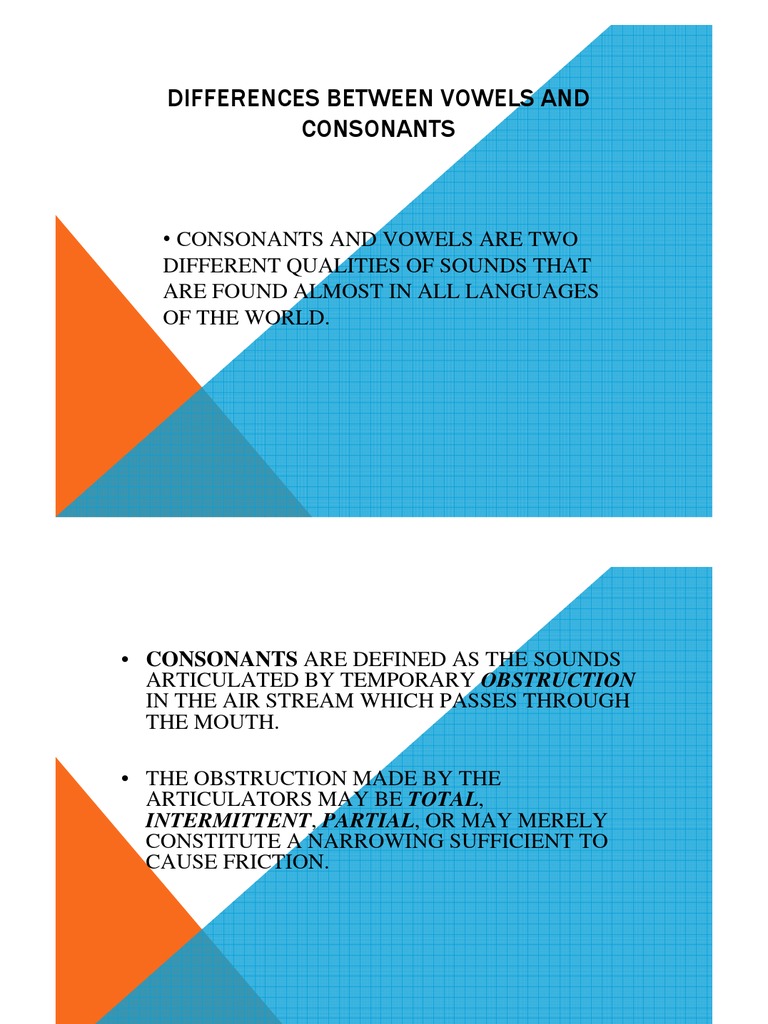
Differences Between Vowels and Consonants Consonant Vowel
While consonant sounds are differentiated by how the air is blocked—such as sticking the tongue behind the front teeth for d and t, or closing the lips for b, m, and p —vowel sounds are differentiated by pitch, accent, volume, and duration. So what are the vowels? The letters a, e, i, o, u —and sometimes y —are vowels.
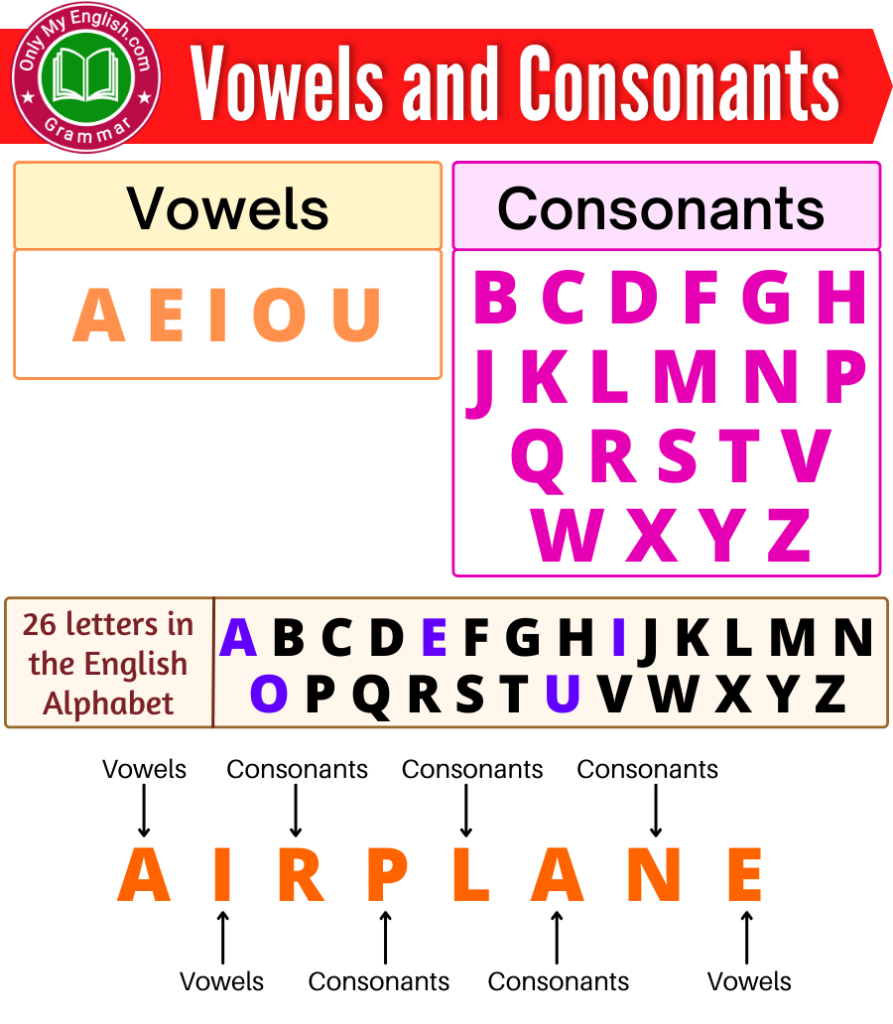
Difference Between Vowels And Consonants In English IMAGESEE
Vowels and Consonants List. The vowels are easy to spot because there are only five: a, e, i, o, and u. These vowels can make more than one sound (for example, a can stand for "ah" and "ay"), but all these sounds require only the voice. Vowels can even be put together to form other vocalized sounds like "oo" and "ou."
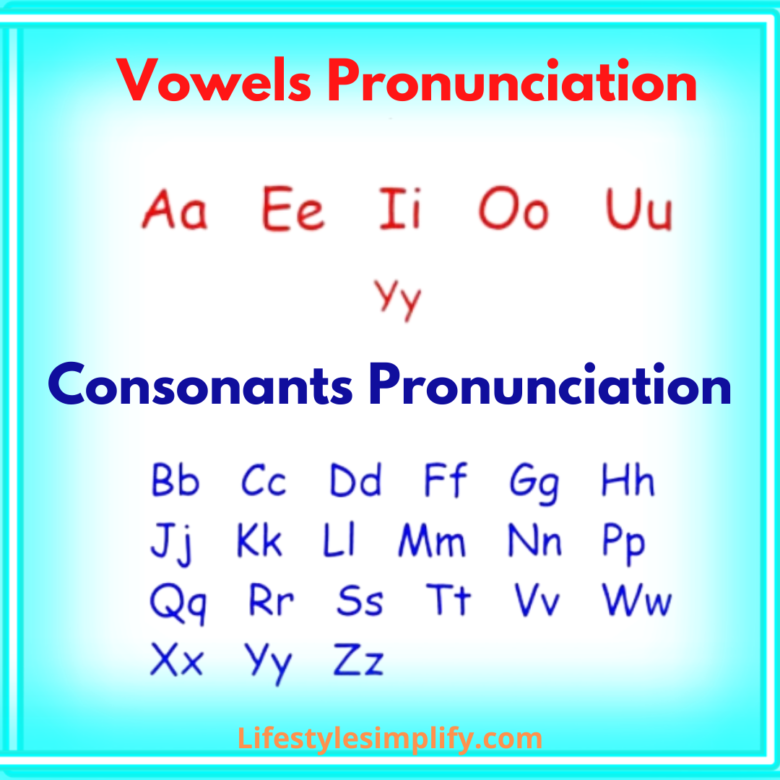
What are Vowels and Consonants in English?
Introduction. (5 minutes) Start singing the alphabet song. Students should follow along. Ask students to look at the alphabet chart and say it slowly. Ask students if they know what vowels and consonants are. Explain to students that each letter has a purpose when it comes to sound, writing, spelling, and talking. Beginning.
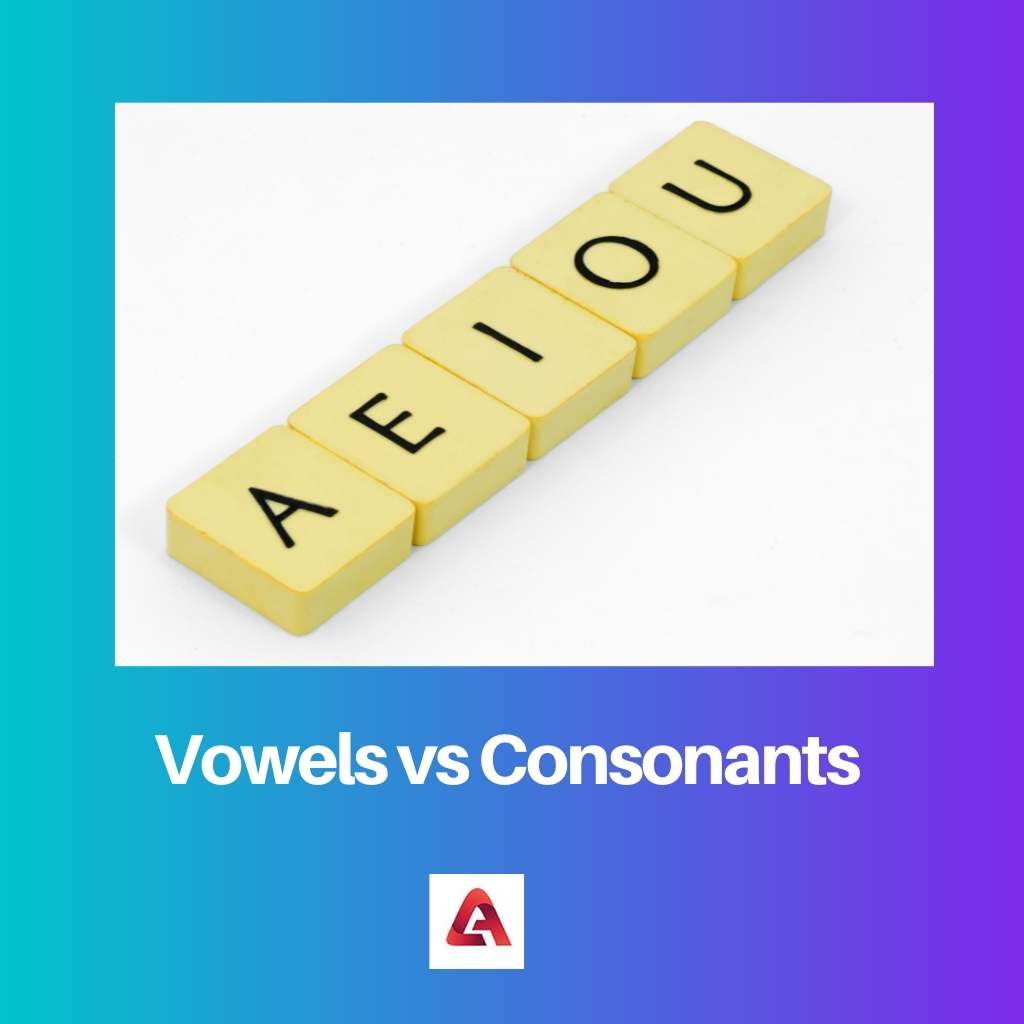
Vowels vs Consonants Difference and Comparison
We hope you enjoyed this video! If you have any questions please ask in the comments.⬇︎⬇︎⬇︎⬇︎⬇︎⬇︎⬇︎⬇︎⬇︎⬇︎⬇︎⬇︎⬇︎⬇︎⬇︎⬇︎⬇︎⬇︎⬇.

Linking vowels to consonants Linking
A consonant sound is pronounced with some type of constriction of the flow of air that involves either the lips or the tongue. For example with the consonant P. Just before you pronounce the letter P, notice how your lips are pressed together stopping the air from coming out of your mouth. When you quickly release your lips, it produces the P.
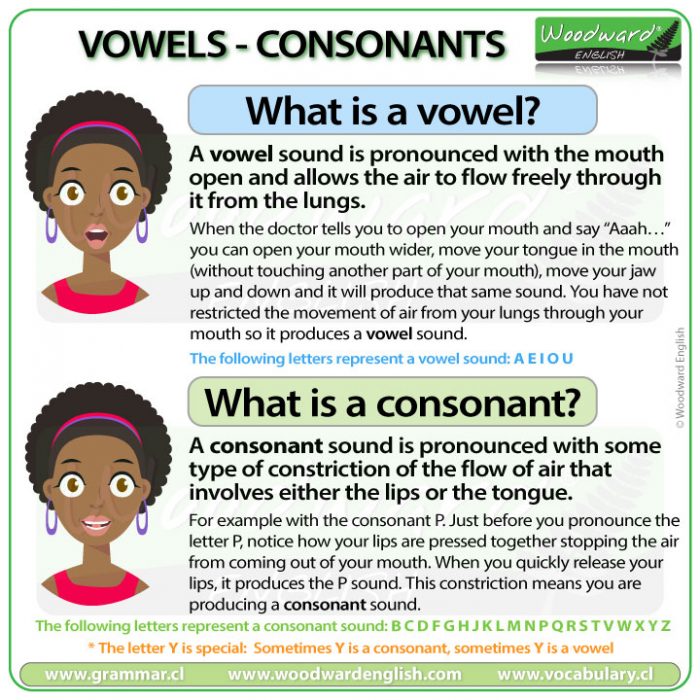
What is a vowel? What is a consonant? The difference between a vowel
Video Script. Remember that the difference between consonants and vowels is that consonants have some obstruction in the vocal tract, whereas, for vowels, the vocal tract is open and unobstructed, which makes vowel sounds quite sonorous. We can move the body of the tongue up and down in the mouth and move it closer to the back or front of the mouth. . We can also round our lips to make the.
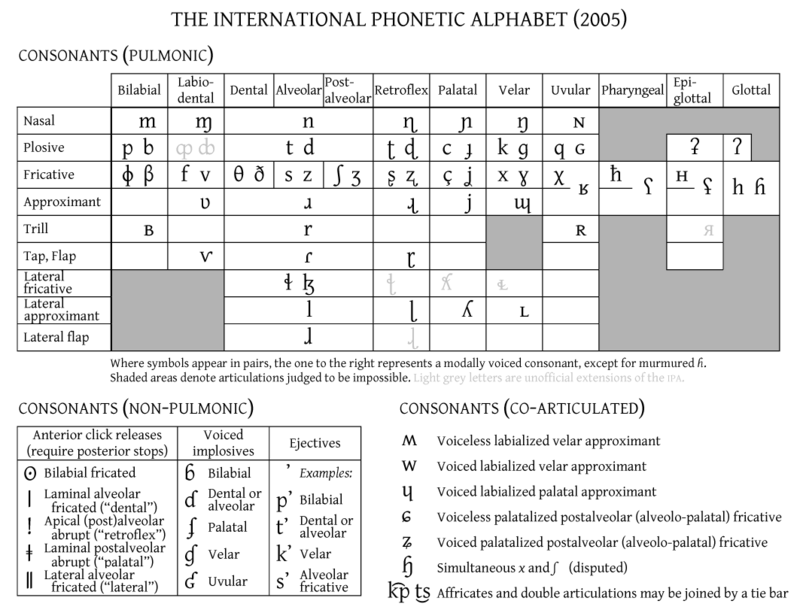
Difference Between Vowels and Consonants
Definition Key Differences Conclusion Comparison Chart Definition of Vowels Vowels refer to the speech sound generated with approximation by the open arrangement of vocal passage, with vibration in the vocal cord, without any blockage in the air track.
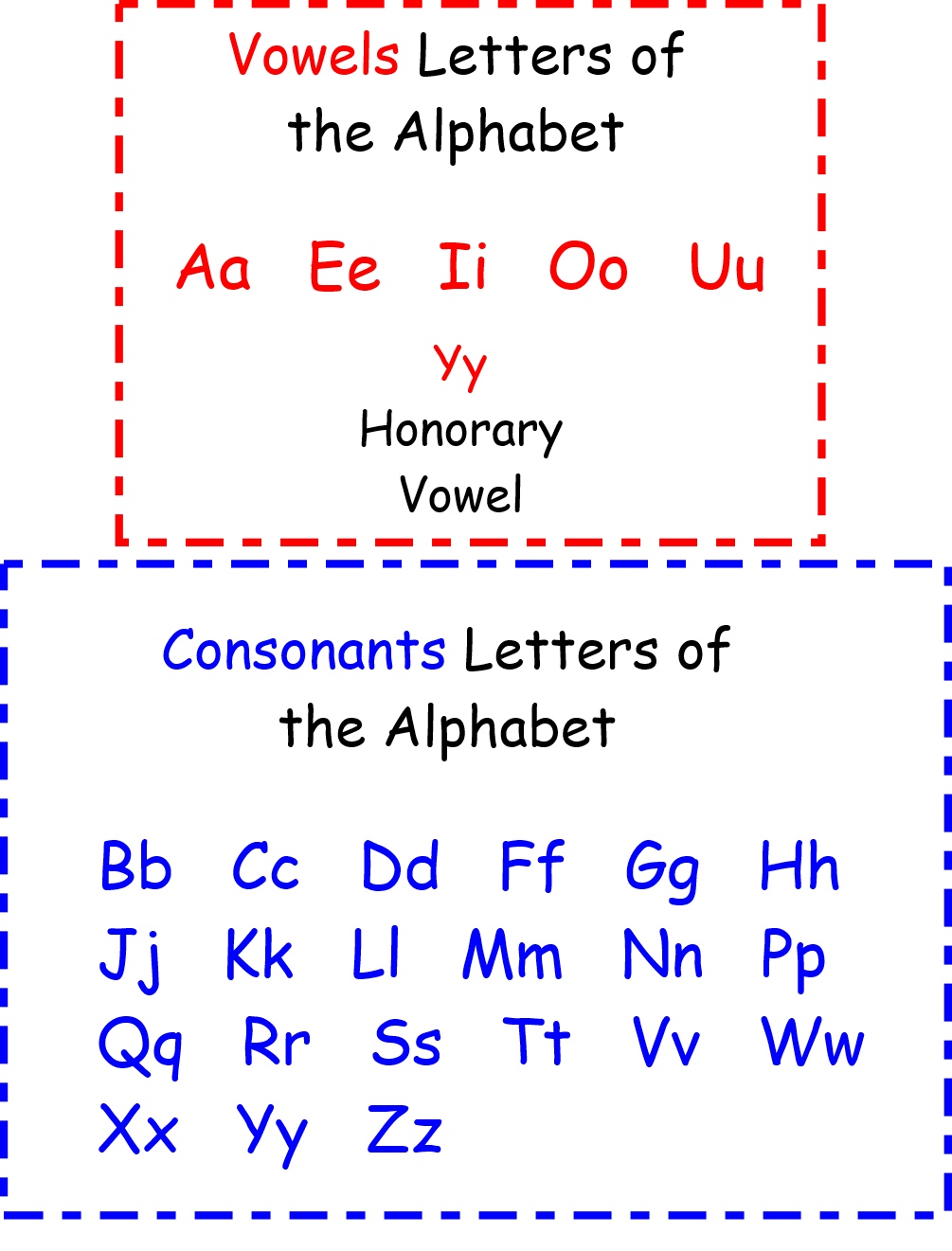
Vowel Letters
The Differences between the Vowels and the Consonants Consonants and vowels make up the syllables in a word. Vowels and consonants have different sounds. Vowel sounds are made with our mouth and throat open, while consonants are made by blocking air. Vowels vary in terms of quality, loudness and in length.

PPT Vowels and Consonants PowerPoint Presentation, free download ID
Basically, vowels are syllable nuclei, and consonants are syllable peripheries. Consonants are the sounds that don't occur in the middle of a syllable, and vowels are the ones that do.. That's all, really. Aside from diphthongs like /ay/ in light, which involve tongue movement during pronunciation, vowels are determined by the shape of the resonating chambers formed by the tongue in the mouth.

Vowels vs Consonants Definitions, Examples & PDF Enggrama
1. Vowels are five letters with sounds that are made with no blockage of airflow. Consonant letters have sounds that are blocked by the lips or the tongue. 2.
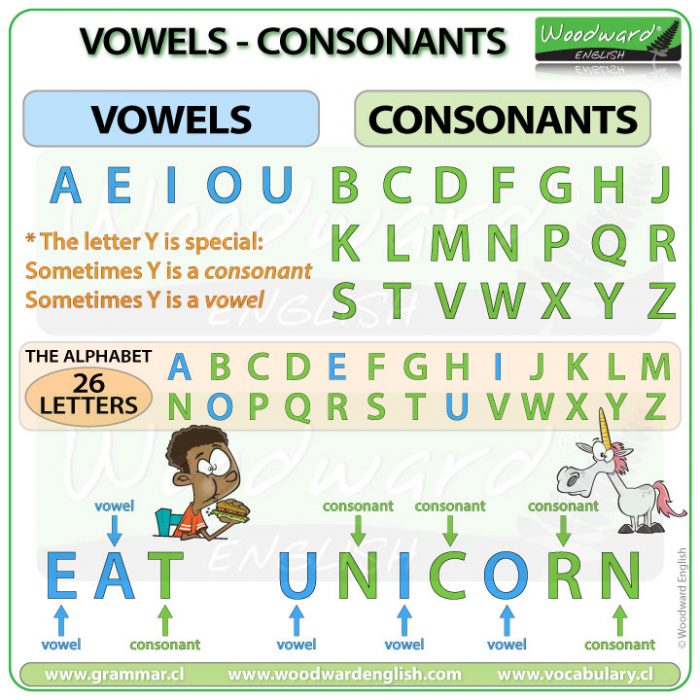
Vowels in English Consonants in English The English Alphabet
Tweet Key difference: The alphabets a, e, i, o, and u are called as vowels in the English language. Consonants are all the other alphabets of the English language, except the vowels. At times, the alphabet 'y' is also considered as a vowel.

Consonant and Vowel Sounds Bundle HuddleTeach
The difference is actually very simple: To say A you open your mouth. To say B you close your mouth. In general, when you say a vowel you do not block the flow of air. But when you say a consonant, you block the flow of air, for example by pressing your lips together (as for B) pressing your bottom lip against your teeth (as for F)
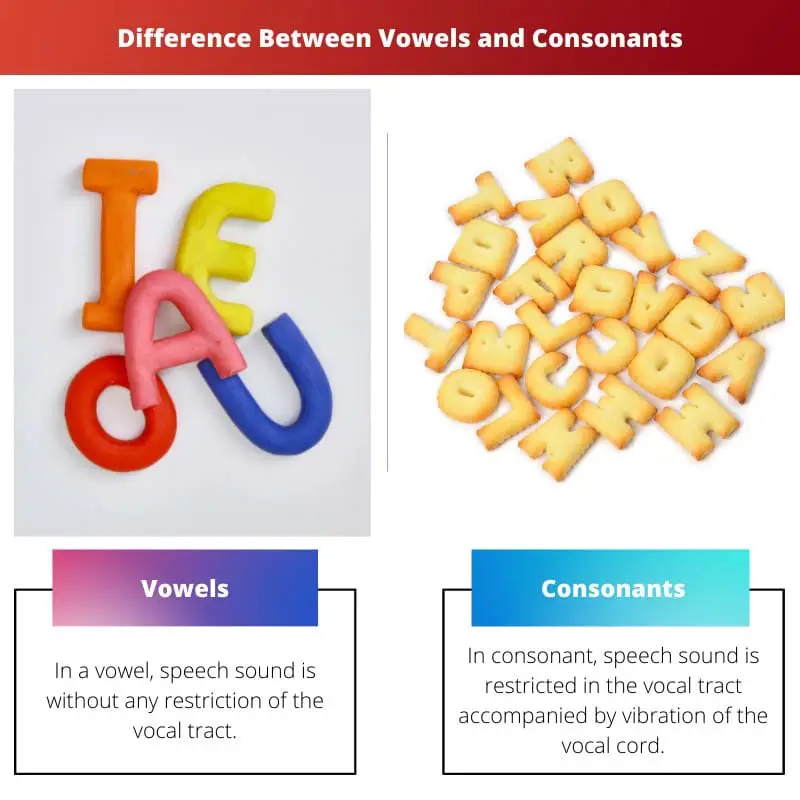
Vowels vs Consonants Difference and Comparison
Well, no. Vowels and consonants are sounds, not letters. Depending on your accent and how thinly you slice them, there are about 20 vowels and 24 consonants. The difference between vowels and consonants A vowel is a speech sound made with your mouth fairly open, the nucleus of a spoken syllable.

Vowels And Consonants Examples
Consonants are letters that represent certain speech sounds, specifically sounds that involve blocking the air before it leaves the mouth, such as with the tongue, lips, or throat. Most letters of the English alphabet are consonants, except for a, e, i, o, and u, which are vowels.